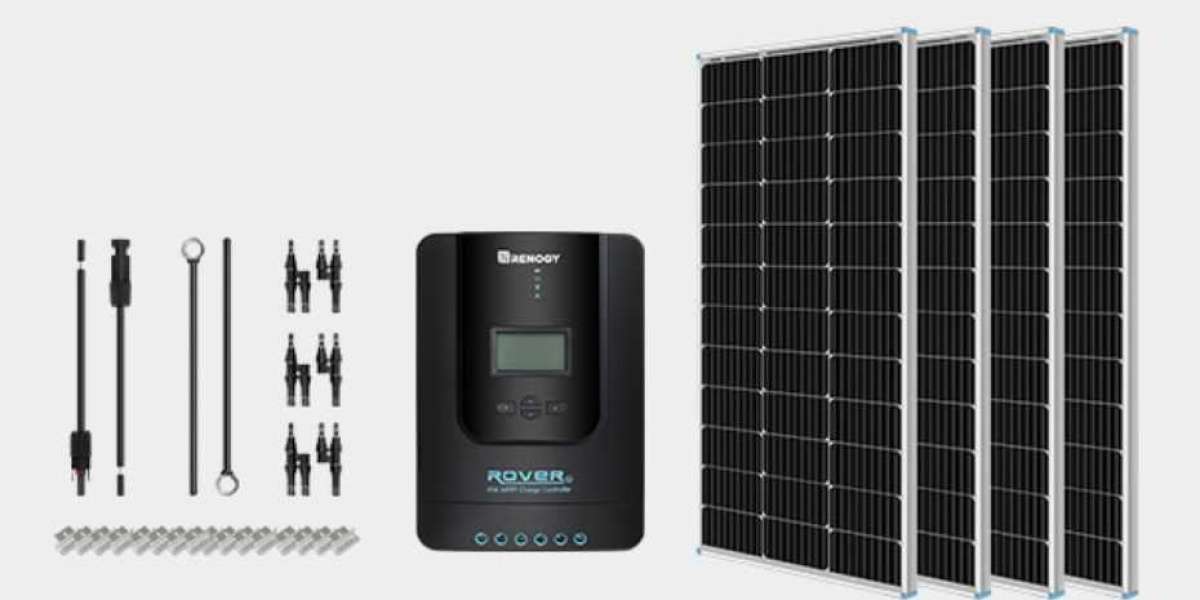Lithium iron phosphate (LiFePO4) battery differ from Lithium-ion battery which using phosphate as anode material. It is popular use to motive batteries, such as electric bikes, motorcycles, light electric vehicles and pure electric vehicle.
24v battery advantages
Longer cycle life - LiFePO4 batteries offers a longer cycle life than Lithium-ion batteries and Lithium-ion Polymer batteries. Qualified LiFePO4 cells should remain 80% DOD after 2000 cycles of charging and discharging.
Safety and stability - LiFePO4 batteries has one key advantage over other Lithium-ion batteries is the superior thermal and chemical stability, which provides better safety characteristics than Lithium-ion batteries with other cathode materials.
Constant output power - Unlike other Lithium-ion batteries, LiFePO4 batteries have a very constant discharge voltage. Voltage stays close to 3.2 V during discharge until the cell is exhausted. This allows the cell to deliver virtually full power until it is discharged.
Environmentally friendly - LiFePO4 batteries are non-toxic, non-contaminating and contain no rare earth metals, making them an environmentally conscious choice. The use of LiFePO4 also reduces the cost and environmental concerns of Lithium Cobalt cells, particularly in regards of cobalt entering the environment through improper disposal.
There are also other advantages same as Lithium-ion battery:
Low self-discharge
Non memory effect
Quick Charging
Low maintenance
No requirement for priming
LiFePO4 battery disadvantages
Lower energy density - The energy density of LiFePO4 battery is lower than Lithium-ion batteries, e.g. the highest capacity of LiFePO4 18650 battery is 1800mAh, but the highest Lithium-ion 18650 battery can be 3600mAh(Made by Panasonic).
Poor performance under low temperature - LiFePO4 batteries has poor performance when discharging at -20℃. However, low temperature Lithium-ion or Lithium Polymer batteries can discharge at -40℃ and output 70-80% DOD.
Low tap density - Tap density of LiFePO4 batteries only 0.8-1.3, that makes them lost the condition to use on small portable devices like mobile phone. So most of LiFePO4 batteries are using as power batteries for electric bikes, LEV or EV.
Other disadvantages are similar to Lithium-ion battery
Protection required
Aging effect
Transportation problems
Deep discharge
LiFePO4 vs. Lead Acid Batteries
There’s no denying that lead acid batteries are a much cheaper outlay initially, however, in the long run, you’ll end up paying more. With lead acid batteries, you need to factor in the cost of maintenance and frequent replacement.
LiFePO4 vs. Gel Batteries
Gel batteries are similar to LiFePO4 batteries in that they don’t need to be recharged as frequently as other types of battery. In addition, they don’t lose charge when not in use. The main difference between these types of batteries is that gel batteries are very slow when it comes to recharging. You also need to make sure that you disconnect them as soon as they are 100% charged to avoid damaging them.
LiFePO4 vs. AGM Batteries
AGM batteries will make a huge dent in your wallet and the risk of damaging them when they are drained past 50% capacity is massive. Maintenance can also be very challenging.
LiFePO4 vs. NMC Batteries
Considering factors like cycle life, depth of discharge, and cost per kWh, LFP batteries are the better choice by leaps and bounds. However, which battery will be better for you can vary depending on the usage you require. Check our guide for a more in-depth comparison of lithium NMS vs. LiFePO4 batteries.









